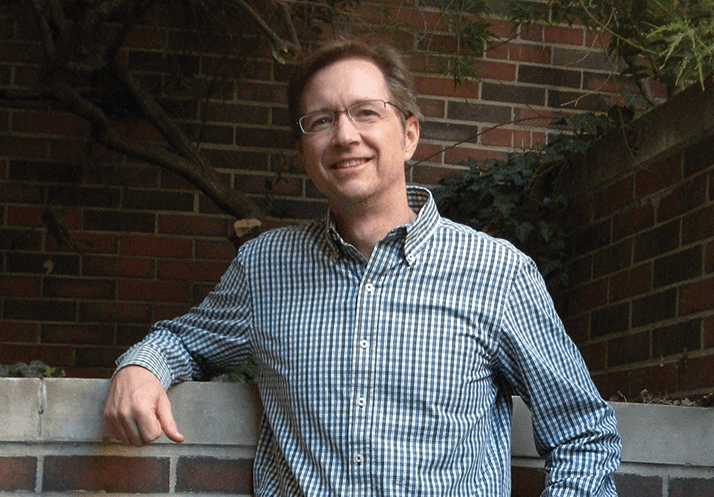
How are you managing all of your current responsibilities? It’s pretty crazy right now. Being chair of the department is a full-time job – and chairing HPLC 2016 is also taking a good bit of my time. And, of course, I have my research group to run. Thankfully, I have a lot of support – and I’m trying to delegate things as much as I can. Once I get HPLC 2016 under control, I can cut back a little bit – 10-hour days, evening work and no rest at the weekend loses its appeal pretty quickly!
How did you become HPLC 2016 chair? Simple – I was asked. And though I wasn’t looking for more work, I’ve enjoyed so many conferences over the years – and truly recognize that they help the wider analytical community – so I thought it was about time to give a little something back. One thing that will make next year’s event great is the location: San Francisco. It’s a wonderful city and there is a lot going on in biotech and biopharmaceutical spaces. We’ll have an emphasis on those fields at the event, which will make it quite special. Another theme of the conference is personalized medicine; expect to see some excellent speakers from this growing field. I’m really excited and looking forward to it. Everyone reading this needs to put June 19 to 24 2016 in their diaries and plan to attend this special event! How did you get into science? I was always interested in science and I can remember being particularly interested in biology as a child. I’d watch natural history shows and was very interested in images of embryos developing. But, as I got older, I chose chemistry for practical reasons; I was doing well at it in school and I wanted to get into veterinary school (and chemistry was one of the best routes). I was also fascinated by the mathematical side – the patterns that emerge from the Periodic Table and the stoichiometry of reactions; I thought it was cool that you could calculate chemical reactions in that way. But you never made it into veterinary school... No. As an undergraduate (in Gainesville, Florida), I decided to pursue a PhD in chemistry. I found research to be my chief interest – making new molecules, or discovering new things about molecules, making measurements were all very appealing. And I really enjoyed what I was doing in the organic lab, using all the different instruments (NMR and GC). I should also thank John Dorsey (now at Florida State University) for analytical chemistry courses that further triggered my interest. When it was time to go to graduate school, I chose the University of North Carolina at Chapel Hill. I remember talking to Jim Jorgensen who told me he had an idea for a new project to analyze single cells. I thought that was the coolest thing ever. Then as a post-doc, I worked with Mark Wightman who was doing bioanalytical work. Making measurements in biological systems has continued to be a big focus for me – and very fortunately it’s become a prominent trend overall. Indeed, the US National Institutes of Health and National Science Foundation are very supportive of developing new analytical tools to study biology – so they are recognizing these trends for proteomics, metabolomics and so on. And, of course, that’s related to the advancement of analytical instrumentation.
How do you make your group stand out from the crowd? We’ve tended to focus on problems that demand the development of new analytical methods. For example, making measurements in the brain and neurotransmitters, where sampling probes provide minute samples – but lots of them. It drove us to think about how we perform sensitive and high-throughput measurements, which led us to microfluidics and high-sensitivity mass spectrometry (HSMS) and a variety of fluorescence-based detection methods. Another example is how cell biochemistry drives secretion, which brought us to metabolomics using HPLC-MS, CE-MS, capillary LC-MS, and MALDI-MS. We wanted to push further and began collaborating with Jim Jorgensen on developing ultra-high pressure liquid chromatography (UHPLC) for metabolomics. And, while all that was going on, we began developing microfluidic tools for studying beta cells and measuring insulin and glucagon secretion from them. When you get an idea for a question, ideally it’s one where the instrumentation is not yet available or fully developed so you can start to think about developing a solution. I suppose I’m a separation scientist – but we’ve had projects in electrochemistry, fluorescence and MS. In reality, I try to find the best technique for the job or develop a new one.
For more about HPLC 2016, visit: www.hplc2016.org




